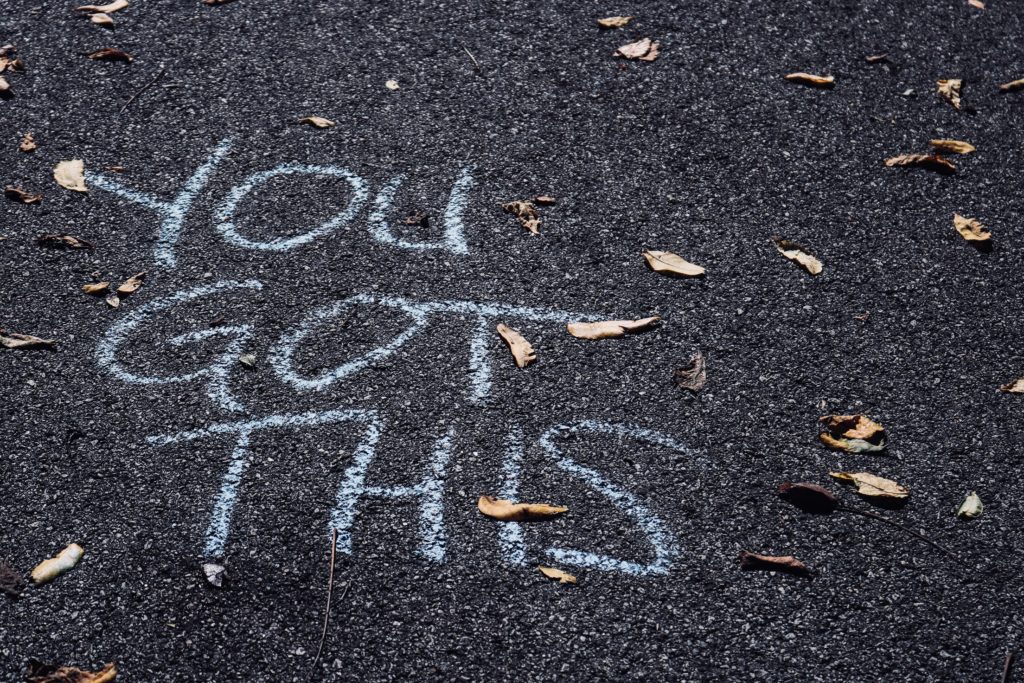Beating the Shame Stick
Excerpt from Beating the Shame Stick by Sophie Lipell, Student Anthology Power 2018.

‘There is a girl among you who is a shameful bully,’ she bellowed. ‘Someone whose behaviour is utterly abhorrent and unacceptable.’
Her contempt was palpable. I was as captivated with schadenfreude as everyone else. That is, until she called me out to stand beside her.
Afterward, part of my punishment was being frog-marched six times a day from the dormitories to the school and back, with two girls walking in front of me and two behind. I was shabbily silent; they were merrily mocking.
The girls in my year had been embroiled in a two-sided squabble, and I had passed a note to my best friend: ‘Stop sucking up to Joanne, you weed.’ She had thrown away the torn-up pieces, and Joanne had handed them in to Trav. Standing before hundreds of hateful eyes, I was forced to stick the note back together. My fingers were shaking; I was engulfed in boiling shame. My throat felt thick as I read the reassembled words aloud.
This experience of public shaming is one of many throughout my development that have left permanent, indelible scars. And it is minor compared with what now happens to many people on the global stage of cyberspace.
There is a pernicious battering online by those who brazenly project their own shame and envy onto others. ‘How easily the worm of envy becomes the snake of hatred.’ That ‘sticks and stones’ stuff is stupid; toxic shame becomes a stick that we seldom relinquish. Some of us clobber ourselves with it, others project it onto their chosen victims. Public shaming is tremendously traumatising, permanently impactful and sometimes deadly.
John Bradshaw was the first expert to describe the difference between healthy and toxic shame. Many others have added to our understanding, notably Pia Melody and Brené Brown. Shame can be healthy when it causes us to restrain our behaviour appropriately, rather than be shunned by others. It lets us know that we aren’t perfect and we need to reach out to others for help, building a core of resilience, humility and modesty within us.
Toxic shame provokes crippling feelings of being unworthy, unlovable and defective. We can be flooded with a miasma of invalidation, within which we feel wholly wrong. It can demolish our belief in our right to exist.
So we beat ourselves senseless with our Shame Sticks. They are handed out like cudgels – in our families, schools, religions and cultures, and on the internet. The proliferation of social media, where we look for validation from others rather than from within, has made this walloping lethal.
Toxic shame arises whenever we feel evaluated, criticised, abandoned or belittled – for who we are, not just for our behaviour. If this shaming commences when we are young enough, and if it is noxious and lengthy enough, we internalise an excruciatingly vocal self-critic that keeps us small. This generates a negative feedback loop that propels us into what clinical psychologist Tara Brach calls a ‘trance of unworthiness’. Also known as ‘imposter syndrome’, it causes us to experience a constant sense of failure and lack of worth, regardless of our competence. We are always waiting to be found out, to be exposed as a fraud.
Shame is often passed down through generations, like a baton in an accelerating relay. I can still feel the stomach-shrivelling intensity of a moment when my mother handed me hers. As a young adolescent, corporeally cringy and socially shaky, I heard my brother and his friends laughing in our kitchen. I primped and polished myself with anxious fingers, preparing to stroll in there as insouciantly as possible. I hesitated in the doorway and smiled at the boys. My highly self-critical mother stood at the sink, busy as always, hand-washing something in soapy water. She turned to watch my pubescent entrance, her eyes narrowed.
‘I don’t know what you do with your knickers, but I’ve washed them three times and I can’t get the stains out.’
I don’t know what I had done with them either – if anything – but her words transformed my smile into a rictus grin.
I have toiled through thousands of hours of therapy, attempting to soothe this self-battery. It’s been hard work trying to pave a rosier route for myself, to circumvent the path that toxic shame has woven through my psyche. I have fought against following that wretched way, using many of the classic defences.
Shame, defences, beliefs, values and traits areall bequeathed to us, mostly before our thinking brain even starts to develop; this development commences at approximately three years old and is not even complete by seventeen. It can take time and commitment to determine which values and ideologies truly fit for each of us, but this self-investment pays huge dividends. We can choose to retain those beliefs that work for us and release those that don’t.
Defence mechanisms can temporarily smother our intolerable feelings, but they are detrimental to healing. Over time, they become destructive, to ourselves and to others. I have tackled blame, denial, withdrawal, silence, rage, lying, contempt and multiple addictions. I hoped to avoid narcissism, but all those decades of therapeutic self-examination quitepossibly prove that false. One of the only defences that hasn’t tripped me up is humour. There is something compassionate, merciful and engaging about casting a soft, humorous veil over embarrassing moments. I have dined out on some of mine and enjoyed chortling with others over theirs.
One of my favourites is my friend’s tale of wading through her first, youthful foray at a frightfully posh black-tie dinner. She spent the whole meal in a lather of uncertainty – all the different courses, the trench-loadsof cutlery and horribly erudite conversations to keep up with. She finally stood up for a much-needed bathroom break. As she pushed back her ornate chair, she surprised everyone by emitting a loud, flatulent toot. She froze for a moment before continuing her faltering walk of shame, each step accompanied by an uncontrollable pop. She left her handbag under the chair.
The part of the brain that helps us understand and enjoy humour sends signals to our supplementary motor area and nucleus accumbens when welaugh. This is our reward centre; it releases dopamine and serotonin, also known as the happy hormones. Interestingly, shame and guilt also fire the nucleus accumbens. Perhaps this is why humour can out-reward – and thus soothe – our shame.
 Previous Post
Previous Post